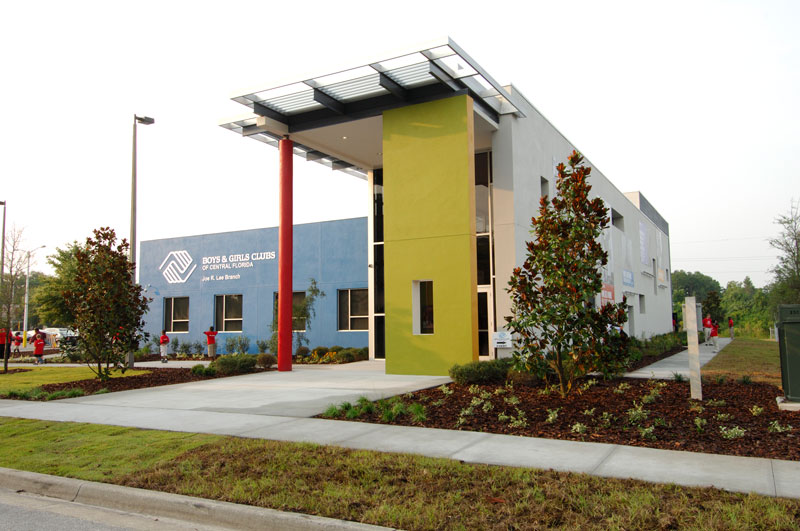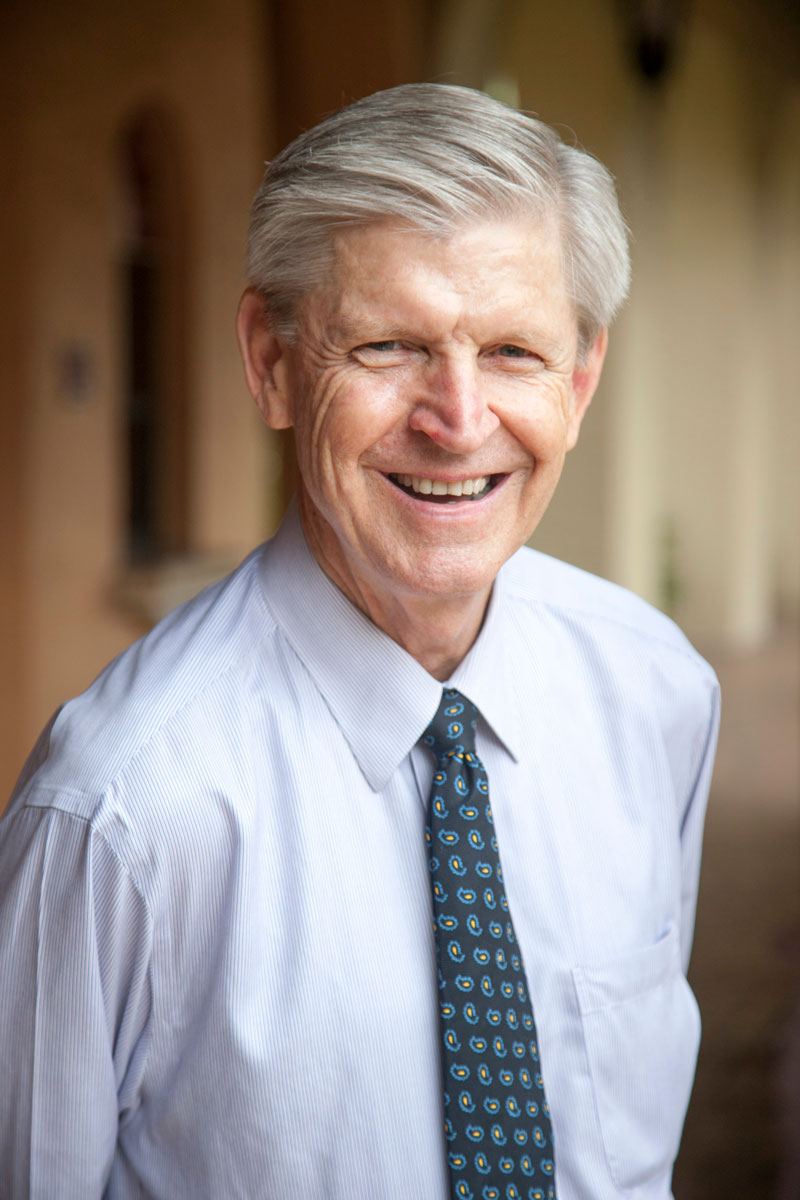
If you were tuned to cable news at 8:30 p.m. on April 17, you saw Representative Jerrold Nadler, chairman of the U.S. House Judiciary Committee, angrily accuse Attorney General William Barr of putting a pro-Trump gloss on the Mueller Report to be released the following day.
Standing with Nadler in the glare of the television lights were four committee members, including Democratic Representative Val Demings of Orlando. Nadler said the committee would review the report, then decide how to proceed.
High drama indeed. But in a little more than 12 hours — about the time Barr would be holding a press conference in Washington to offer his take on the report — Demings was due in Central Florida to shovel dirt at the groundbreaking for a small-town Boys & Girls Club. Folks back home surely would understand if she cancelled and stayed in D.C. to scour a report that could presage a constitutional crisis.
Not a chance. “She was always planning on attending the event — we didn’t consider cancelling,” says Daniel Gleick, communications director for Demings.
After all, this was no ordinary groundbreaking because this was no ordinary place. This was historic Eatonville, where the Joe R. Lee Branch of the Boys & Girls Clubs of Central Florida has for nearly a decade helped young people battle barriers.
IT STARTED WITH A DOUBLE-WIDE
The vaulted canopy-like entrance of the Lee Branch — a faint echo of downtown Orlando’s Dr. Phillips Center for the Performing Arts — and its airy atrium lobby belie the compactness of the space.
The Eatonville facility reached its capacity (100 kids a day, often exceeded) soon after opening in 2011. A $3 million expansion from 9,000 to 23,000 square feet, with space for 250 kids, is the ribbon-cutting highlight of a busy 75th anniversary for the Boys & Girls Clubs of Central Florida (BGCCF).
The Eatonville expansion isn’t even the biggest project on the organization’s drawing board. This fall, the BGCCF breaks ground on a $7.5 million, 31,000-square-foot club near Orange Center Elementary School on Orlando’s hardscrabble west side.
The Jacqueline Bradley-Clarence Otis Family Branch will serve 350 kids daily with programs, facilities and amenities more closely resembling a mini-university. Otis, former CEO of Darden Restaurants, and his wife, Jacqueline, have donated $2 million and offered to match up to another $2 million in gifts.
But today the spotlight was on Eatonville — dubbed “the town that freedom built” — where the BGCCF has been making an impact for 20 years. The neighborhood was bustling with dignitaries, news crews and BGCCF supporters who knew something of historic importance was happening here.
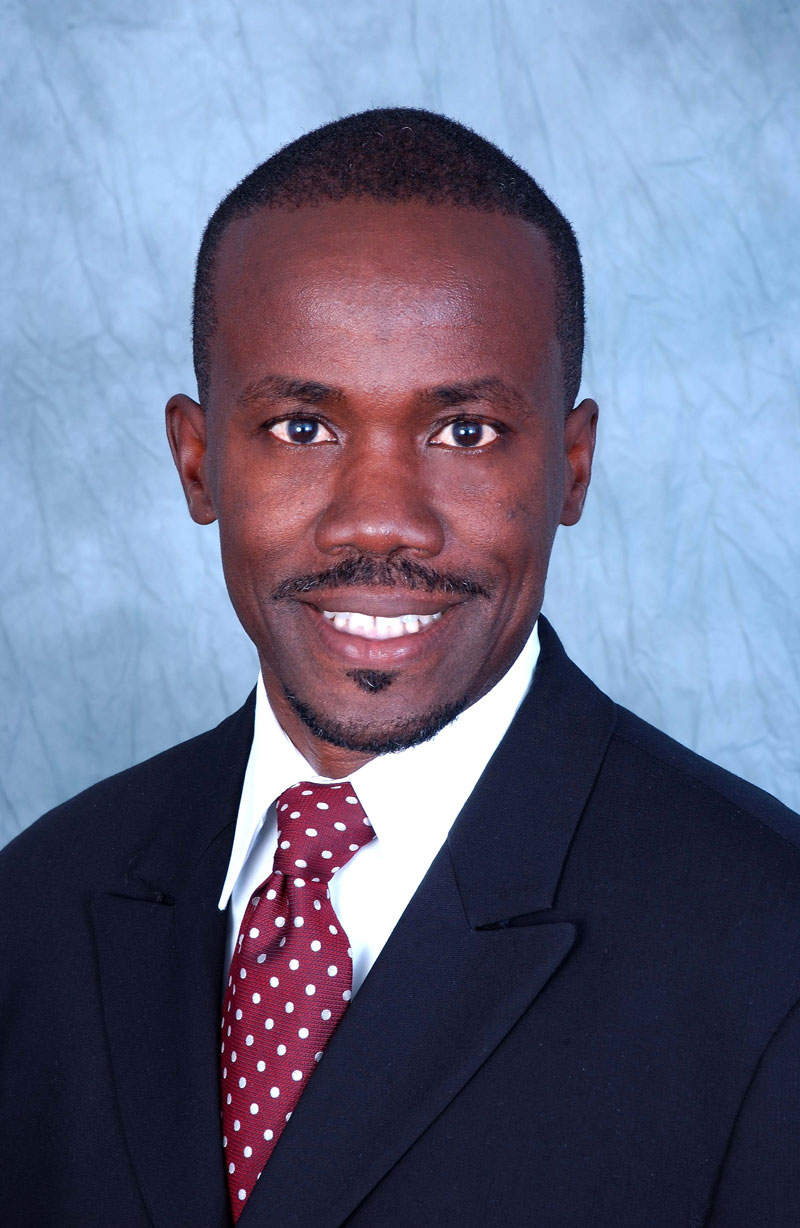
Speaking of history, the BGCCF dates to 1944 when Orlando recreation director Joe Stripp, a former major league pitcher, started the area’s first Boys Club, for white boys only, in an armory in Parramore. (The organization became the Boys & Girls Club in 1990.)
“Jersey” Joe Stripp played for the Cincinnati Reds, Brooklyn Dodgers, St. Louis Cardinals and Boston Bees between 1928 and 1938. And how’s this for trivia? Stripp was the last major leaguer to bat against a legally thrown spitball in 1934.
But fate kept throwing curveballs at Eatonville kids until 1999 when the town finally got its first Boys & Girls Club. It was housed in a double-wide trailer obtained through a $40,000 grant from the federal “Weed and Seed” program designed to weed out crime in urban areas and seed them with social and economic programs.
Why did the nation’s oldest incorporated African-American town, where the need was obvious, have to wait 55 years for a club? And why did that club, humble though it was, have to rely on federal money instead of philanthropy?
“It’s not unusual for Boys & Girls Clubs to start in very modest circumstances,” says Gary Cain, 64, president and chief executive officer of the BGCCF. Cain served on the task force that secured the Weed and Seed grant.
“Our business model is a tough system,” he adds. “Candidly, prior to our arrival there had not been many major gifts to the organization. So we needed to do some foundational work.”
Cain, hired as CEO in 1994, was effective in opening some of the deepest pockets in Central Florida. Today, private gifts account for about 70 percent of the BGCCF’s operating budget. The remainder comes from a combination of grants and funding from Orange County.
Among the speakers at the Lee Branch groundbreaking were representatives of Darden Restaurants, Red Lobster (formerly a Darden brand), Tupperware and the Edyth Bush Charitable Foundation — just a sampling of the major donors Cain has recruited.
In 1999, though, the cupboard was mostly bare except for Weed and Seed cash. But it was enough to seed the double-wide, which became a welcome home away from home for Eatonville kids often at loose ends.
“For what they had to work with, they did an excellent job,” says Eatonville Mayor Eddie Cole, 60. “Their presence spoke more than the facility itself. But what did the kids like more — the building or the love they were getting inside the building?”
Inside were caring adults, people who would offer personal support and homework help. “Kids were running there,” Cole recalls. “Sometimes they were beating the workers there. They never looked at it like, ‘Man, we don’t have what the other Boys and Girls Clubs have.’”
Today the BGCCF has a $14-million annual budget and operates 35 clubs across seven counties. There are 21 free-standing clubs and 14 after-school and summer programs in middle schools serving 15,000 kids.
None of the 35 programs are in Winter Park or Maitland. That may sound startling but only if you fail to consider the organization’s core mission. Marines run toward the sound of gunfire. The BGCCF goes where it’s most needed.
The typical kid a few miles away in Maitland — the same zip code, ironically — has two parents, middle-class mobility, access to wide opportunities and layers of non-family support and connections.
Eatonville children come into the world with little or no margin for error in life and no safety net. One innocent slip, one episode of errant behavior, one wrong-place-wrong-time moment can be catastrophic.
THE WILLY WONKA OF SOCIAL WORK
BGCCF statistics about its Lee Branch members depict what can only be called a head stop in life: 80 percent come from single-parent homes; 97 percent are eligible for free or reduced school lunch; 85 percent come from households with an income of less than $30,000; 89 percent are African-American.
“The children who need us most are children of color,” says Cain, who grew up poor in Panama City and spent much of his time at a nearby Boys Club. “I want to help children who didn’t choose the circumstances they were born into be able to see the possibilities — to help them get the skills and mindsets and attitudes to succeed.”
It was the same challenge that Cole, the future mayor, faced when he arrived in Eatonville in 1984 from his native Canton, Ohio, to start youth programs under the aegis of Young Life, a Colorado-based charity focused on social uplift through Christ.
He had his work cut out for him. There were few organized activities for kids. The new Denton Johnson Community Center, opened that year and used today for Head Start and other programs, offered no activities for kids and wasn’t open after school or on weekends. “An empty shell,” Cole called it.
“When kids got out of school they just hung out on the streets,” says Shadrick “Shaggy” Alexander, 39, now service director at the Lee Branch. “Sometimes in the morning we could have a before-school breakfast. They had some mentoring and talks on the importance of hygiene. But nothing geared toward education and career, the arts or character and leadership.”
With charisma to burn, Cole refused to acquiesce to the stagnation. His imagination and ingenuity led Winter Park-based Edyth Bush Charitable Foundation President and Chief Executive Officer David Odahowski to refer to him as “the Willy Wonka of social work.”
Cole was, indeed, a hot knife through butter, sparking the dormant community center to life with activities and programs based on his unshakable belief in a bright future for the kids. By 1991 he was city recreation director, gaining attention from influentials outside Eatonville for his good works and exuberant leadership.
Cole and Odahowski became friends over the years, and Odahowski promised to drop by Eatonville someday for a look-see at Cole’s handiwork. He chose an afternoon in the summer of 1991 when he and fellow foundation board member Michael Cross, an investment advisor, were returning from a meeting.
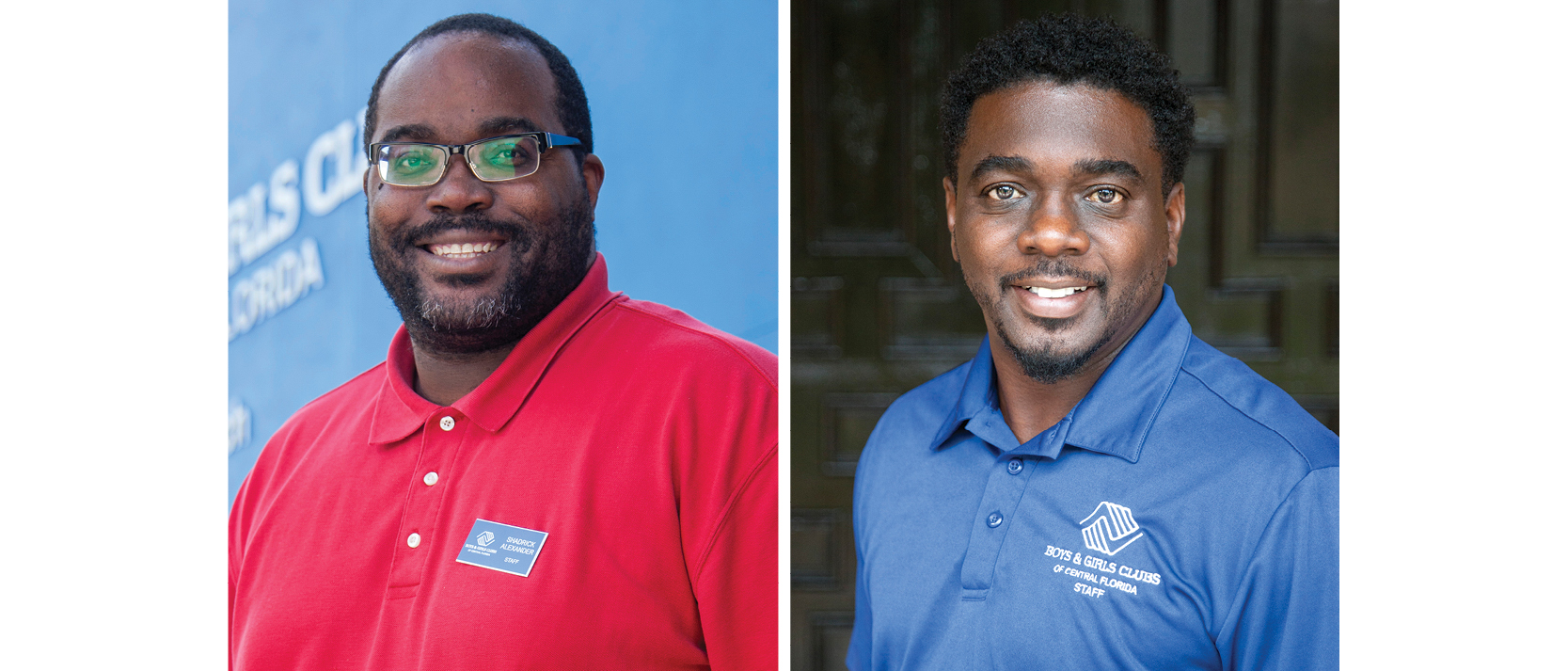
Exiting I-4 they decided to visit Cole unannounced. “We were driving a very large white Mercury Grand Marquis, and we were both wearing dark suits, white shirts, red ties and sunglasses,” recalls Odahowski. As might be expected, their presence aroused suspicion.
“We pulled up to the Denton Center and rolled down the window because we weren’t sure where to go,” Odahowski continues. “I asked a guy, ‘Do you know Eddie Cole?’ He said, ‘Never heard of him.’ I was befuddled. Eddie had been nurturing youth for many years. We drove around and found another guy who said he didn’t know Eddie Cole. So we drove back to the office.”
Later that afternoon, a concerned Alexander came to Cole’s office in the Denton Center and informed him that “two white guys came by here today dressed like the Blues Brothers, looking for you. They wanted to see what you’re doing.’”
“I laughed so hard!” Cole says. “So [Odahowski and Cross] came back another day and looked in the room we had. Nothing but a big empty room with some partitions up. Over here you could show some movies, over there we had a ping-pong table. I know they had to be saying, ‘Don’t tell me there’s not a need in Eatonville.’”
Not long after the Blues Brothers dropped by, the Bush Foundation gave Cole a $65,000 grant to establish Every Kid Outreach (EKO), a ministry to provide programs and mentors for Eatonville kids from kindergarten through high school.
To date, the foundation has contributed nearly $260,000 to EKO in addition to $2.6 million to the BGCCF — including $250,000 for the Lee Branch expansion. EKO and the Boys and Girls Club don’t overlap, Cole says; they complement one another, meeting regularly to coordinate roles. “We try not to duplicate services,” he notes. “We want to be good stewards of the public’s money.”
For example, the Lee Branch — like all BGCCF clubs — closes Friday nights. Since 1999, EKO has run “Fifth Quarter,” an open gym on Friday nights at the Life Center Church on Kennedy Boulevard. An EKO representative is available daily at Edgewater High and Lockhart and Maitland middle schools to help students with a variety of needs, from academic assistance to speaking with counselors.
As mayor, Cole has transitioned to sort of an ambassador role at EKO. “It’s “like being set out to pasture,” he jokes. “Instead of speaking to kids, I now speak for kids.”
DARDEN: LET’S BUILD A CLUB EATONVILLE
Growing awareness of Eatonville’s challenges — coincidentally magnified by the popular Zora! Festival for the Arts and Humanities begun in 1990 — spurred long-deferred momentum for change. In 1998 the town won a $100,000 state grant to build its first ball fields for youth teams. The next year, the BGCCF moved into the double-wide.
It took only a few years for the brand-new trailer to develop holes in the floors from sheer use. Recalls Cain: “We had about 50 kids a day and one staff member.”
Around that time, Cain received a fortuitous call from Rick Walsh, then vice president of corporate affairs at Darden Restaurants. Joe Lee, chairman of the board and chief executive officer of the largest casual dining restaurant company in the world, was ready to retire. The company, Walsh said, wanted to honor his service by giving the BGCCF a club in his name.
Lee had already given the BGCCF a seven-figure gift and chaired a capital campaign that allowed the organization to tear down the old Pine Hills Boys & Girls Club and rebuild it as the Walt Disney World Clubhouse Boys & Girls Club. Funds from that drive were also used to build the Universal Orlando Foundation Branch Boys & Girls Club in Carver Shores.
“So clearly Joe could have had his name on something,” says Cain. “But he always deferred. He’s a very humble, modest man and didn’t want his name on anything.”
That didn’t stop the Darden board of directors from writing a $1.5 million check that jump-started fundraising and led to the 2011 opening of the 9,000-square-foot Lee Branch, which would feature an indoor gym, on Ruffel Street.
One summer night, while the facility was still under construction, Cole happened to be passing through town and did a double-take when he saw a teenaged Alexis Prince shooting baskets outdoors. Prince, then a forward for the Edgewater High School team, would later start for Baylor University and is now with the WNBA’s Phoenix Mercury.
“It was dark, probably eight or nine o’clock,” says Cole. “I saw a light and I was like, ‘What’s that?’ I got closer and saw that a flashlight was sitting on a block. It was aimed at the clay court so she could see to shoot. And I was like, ‘Wow! If that girl could have that kind of drive with nothing, what’ll happen when we finish this building?’ Because that kind of drive is in every kid that lives here.”
It certainly looks that way. On any given day, 125 to 130 young people flock to the Lee Branch after school. All of them stay for the free hot supper, Alexander says. But even more important, he adds, is feeding the mind and soul with a sense of ownership: “If children have a sense of belonging, a sense that this is mine, it opens the imagination, it opens the creativity in a way you’ve never seen. You hear them talk about my club.”
Alexander was service director in Orlando and gave up the same position at the Tupperware Brands Branch Kissimmee — the largest club in Central Florida — to take the job on Ruffel Street. Why take a step down the career ladder?
“It’s home, it’s home,” replies Alexander. “I tell the kids, ‘I walked these same streets you’re walking.’ I knew the community prior to this building being here. I want them to understand that success does come from Eatonville.”
Alexander’s great-great-great uncle Joseph E. Clark, an ex-slave from Georgia, was one of the town’s founding fathers along with Winter Park benefactors Lewis Lawrence, a New York industrialist, and Joshua C. Eaton, a retired naval officer from Maine. Both were seasonal residents.
His great-grandmother, Catherine Clark Alexander, was Eatonville’s first postmistress. In 1979 she was abducted and murdered by a man named Linroy Bottoson after he stole 37 money orders from the post office. Bottoson was executed in 2002.
Nicknamed by his sister Valencia, who had trouble saying Shadrick, “Shaggy” rarely left town except to go to school — Lake Sybelia Elementary School, Maitland Middle School and Edgewater High School.
“We didn’t have transportation,” Alexander says. “The only time I was able to go outside the neighborhood was with my grandparents. On the weekend my grandfather would take us to the meat market and the mom-and-pop fruit and vegetable stands in Orlando. We used to call it ‘going to town.’”
When the double-wide was installed, it was the first time Alexander, at age 19, had ever heard of the Boys & Girls Club. He was 22 when he first set foot outside Florida, accompanying a group of BGCCF members to North Carolina for a kids-against-tobacco conference. Isolation was the experience shared by kids growing up in Eatonville then.
Cole recalls another trip to North Carolina, in 1987, to a Young Life camp. “We had two busloads of high school kids, laughing and playing,” Cole says. “We get to Sanford, they’re still laughing and playing. We get to Daytona, more laughing and playing. Around the time we get to Jacksonville the bus is quiet, and I’m like, ‘Why are they so quiet?’”
Cole realized that some of the kids were frightened because they’d never been farther from home than Daytona. He asked the bus driver to stop so everyone could take pictures alongside welcome signs when they arrived in a new state.
“When they got there, they enjoyed themselves,” Cole recalls. “They met kids from around the country. When they came back you could see the difference.”
The Lee Branch’s success in countering toxic influences and nurturing fresh narratives is as jaw-dropping as the doomsday numbers on dysfunction: Last year 100 percent of Lee Branch high school seniors earned diplomas; 98 percent of all teens abstained from alcohol; and 96 percent refrained from tobacco and marijuana.
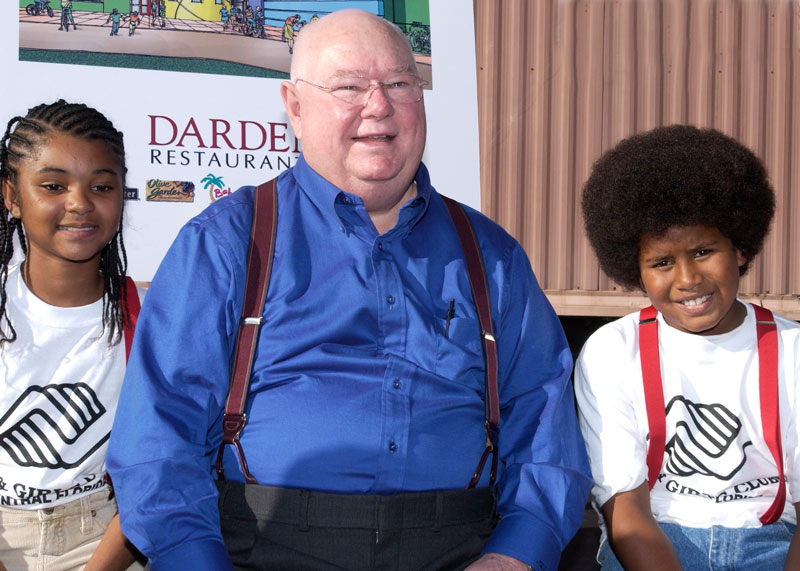
GATORS, SEMINOLES, KNIGHTS AND TARS
In a community of stunted dreams, few kids believe they can go to college. Cole, though, had audaciously challenged a narrative that seemed fixed as the seasons. “I was the first one to take kids on college visits when nobody was doing it,” he said. “They were always saying, ‘Mr. Eddie Cole, we can’t go to college!’”
In 1994, he loaded a group of kids into a pair of vans and took them to all-black colleges, including Morehouse, Spelman, Morris Brown and Clark Atlanta. “Everyone [at those colleges] looked like them,” Cole recalls. “Our kids, their eyes were coming out of their heads. I said, ‘No excuses! No excuses!’ A few of them ended up going to those colleges.”
A generation following Cole’s initial road trip, Suzanne Dukes was given the tools by Cain to make the college dream possible for more than just a few. Dukes, 56, was an early supporter, spending time in both the BGCCF trailer and the Denton Center. Her daughter’s second grade teacher was part of a group that did volunteer work in Eatonville.
“I used to go over to the community center and sit in the corner on the floor and read the kids books,” Dukes says. “My kids were read to every night and I thought, ‘Why doesn’t every child have this?’”
After Dukes and her husband helped their two daughters get into good colleges, Dukes says she was uncertain what she wanted to do with her life — but she knew she wanted to help young people. And she pointed out an unmet need to Cain. She told him that the BGCCF did a wonderful job for kids ages 6 to 18, but they also needed help getting into college.
Good point, said Cain, who made Dukes the BGCCF’s first college access consultant. Her job is to do for club members what middle-class suburban parents do for their college-bound children: Don’t let their GPA slide, make sure they study for the SAT, assist with college applications and essays, and guide them through the bewildering wilds of financial aid.
Since 2013, when Dukes’ job was created, she has worked with some 200 Boys & Girls Club members across Central Florida. About 150 made it to college — a .750 batting average.
Their destinations include the University of Florida, Florida State University, the University of Central Florida, Valencia College, New York University, Duke University, Spelman College, Savannah College of Art and Design, and Rollins College — the most generous of all Florida schools in financial aid offered to Dukes’s aspirants.
But Dukes is haunted by those who don’t make it.
“Sometimes I think it’s so deep down,” she says. “Because of generational poverty, they believe they can’t do it. My husband describes it the perfect way. You peel back an onion and think you’ve solved the issue. Then you peel it back some more and you’re like, ‘Wait! There’s this other issue.’ It’s not an equal playing field. It’s just not.”
The students with whom Dukes works not only don’t start the game on third base, like the privileged, or even at home plate. “Usually they’re behind home plate,” she says.
Two who stepped up to the plate and knocked it out of the park are Ja’Keevious Mack and Brianna Joyner. Both made the journey of a million miles from Eatonville to Rollins. Both had the talent and drive to make it — but needed someone to catch them when they teetered and began to fall.
That someone for Ja’Keevious and Brianna was Austin Long, service director prior to Alexander at the Lee Branch. Long, 47, was a Boys Club member growing up in Ocala and has made the club’s mission his life’s work. At times, it’s not unlike being a first responder.
Ja’Keevious — Keevie to his friends — was a Lee Branch member from age 6. It helped him overcome his shyness and “planted those traits in me that allowed me to become more expressive, to go out and meet new people, make connections.”
His innate gifts blossomed and Keevie was on his way, eyes on a prize future. Then two days after Christmas 2016 his world crashed. His older brother, Je’Vonte, whom he idolized, was found dead by the roadside in Altamonte Springs, an apparent victim of gang violence. He was 24. “I was lost,” Keevie says. “I gave up, you might say.”
Long, who had a close relationship with Je’vonte and was grieving, too, determined that he wasn’t going to lose another kid to the streets.
“After Je’Vonte passed, Keevie kind of let his academics slide and stayed away from the club,” Long says. “After about two or three weeks when he wasn’t at the club, I had to go looking for him. I didn’t find him, but word got out. One day he came to the club and I grabbed him. I told him it was going to be OK. I was not going to let this disaster change his life.”
Instead, Keevie began working with Dukes, who kept his nose to the grindstone and ushered him through the college application process. In 2018 Keevie was named Boys & Girls Club Youth of the Year and began his freshman year at Rollins.
On a mild Sunday afternoon in April he sat in a green wicker rocking chair on the front terrace of Olin Library and looked back.
“My first year has gone amazing,” Keevie says. “Everything that comes with it — from what I’m learning in class, to meeting staff and faculty and other students — has been nothing but amazing. Finals are coming up soon. My grades so far have been good.”
He’s taking 12 credit hours and commutes from the home in Eatonville where he grew up and still lives with his mom, sister, grandmother and niece. He works 17 to 20 hours a week as a program assistant at the East Altamonte Boys & Girls Club. His boss is none other than Austin Long, now the service director at that branch. “I like to keep an eye on him,” Long says.
Keevie, now 19, makes the 12-mile round trip to East Altamonte in a 2003 Mercury Grand Marquis. It’s his introduction to the way things work for those born into the world of favors, connections and soft landings. One of the members of the Lee Branch board gave him the car.
“He wanted to give the car to someone who could use it for a great purpose,” Keevie says. “A board member contacted [Long] about the car and he contacted me. He said, ‘If you get a license, I’ve got a car waiting for you.’”
Brianna, 21, was a regular at the double-wide from age 6. Her loving family struggled — her father suffered from sickle-cell anemia and her mother was the family’s sole provider — and couldn’t fully nurture her talent and ambitions. When things got tough, the double-wide was there.
“I don’t remember getting read to,” she says. “Maybe when I was small. I struggled with reading for a while. Even now I’m not the best reader because I didn’t have that practice.”
Her naturally studious nature and intellect enabled Brianna to do well in grade school, where she had an encouraging third-grade teacher at Lake Sybelia Elementary School who motivated her to shoot for a college degree and told her “you can be the mayor of Eatonville.”
That teacher, as it happened, was Karen Castor Dentel, who was later elected to the Florida House of Representatives and is now a member of the Orange County School Board. Dentel remembers Brianna approaching her on the school’s playground to talk about an upcoming student election.
“I think there were three boys running, and she wanted to know if I thought she should run,” recalls Dentel. “I told her, ‘Brianna, you’re smart, you listen to people and you don’t think you have all the answers. Yes — you should go for it.”
Brianna won the election by a single vote. “All the boys were mad because all the girls voted for me,” she recalls. Emboldened, Brianna continued to achieve throughout elementary school, middle school and high school. She was active in high school clubs and got good grades.
Even so, Long was always there to help in case she began to wobble. “There were times when I stayed away from the Boys & Girls Club,” she said. “I started babysitting more. If I was ever gone too long [Long] would come to my house and be like, ‘Where are you?’”
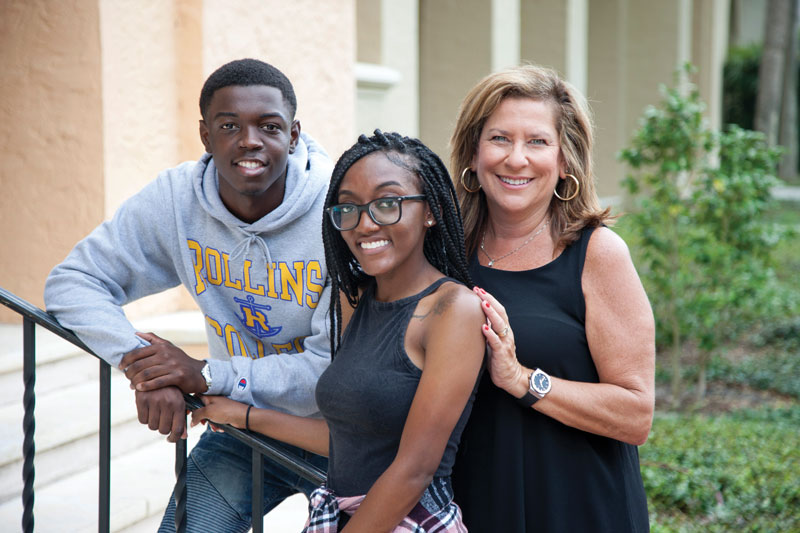
Thanks to her own grit, Long’s mother-hen vigilance and Dukes’ help, Brianna is at Rollins on scholarship, heading into her senior year with a 3.9 GPA as an elementary education major. Like Keevie, she’s the first in her family to go to college. Mission accomplished, but Cole’s mayoral seat is safe — for now.
Brianna’s fresh mission is to pay it forward to kids like herself with low incomes but sky-high hopes. Inspired by her mentors, Brianna wants to someday work in a Title I school, where at least 40 percent of students come from low-income households.
Keevie and Brianna and dozens of their counterparts across the higher education landscape are the jewels in the crown of the BGCCF college access program. But Dukes’ personal legacy runs much deeper and can be seen even among those who don’t get featured in magazine stories.
“I think back to this group of boys, my children’s age,” she says. “They were a special group to me, and I still keep in touch with them. I first met them in the double-wide, and later I went to Maitland Middle School once a week to have lunch with them. They actually left the club and didn’t go to college, but they’re productive members of society. They’re working, they have families, they love their children — and they read to them.”
NOW EVERYONE’S WATCHING
The opening of the double-wide club in 1999 rated one buried paragraph in the Orlando Sentinel. The ceremonial groundbreaking — construction was already well underway — for expansion of the Lee Branch 20 years later featured a classy coffee-and-sweets reception in the atrium and attracted several TV news teams.
“As you know, there’s nothing going on in Washington, D.C., now, so it was easy for me to come home,” Demings quipped. She praised the club for giving every boy and girl the opportunity to live up to their potential — like her husband, Jerry, a former sheriff and now the Orange County Mayor.
“My husband is an alumnus of the Boys and Girls Club and he’s doing all right. Thank you, Boys and Girls Club!” (Jerry Demings was a member of the old Carver Shores Branch.)

After Demings’ remarks and the ritual tossing of dirt with gold-colored shovels by business-suited adults and kids in Boys & Girls T-shirts, Demings donned a hard hat for a tour of the expansion in its embryonic stage: a sea of unfinished concrete floors and walls, scaffolding, yellow tape stretched across rooms-to-be and plastic sheeting waving in the breeze.
“This will be the teen lounge where they can plug in,” said tour guide Gary Reinneck, BGCCF director of facilities. And he was just getting started. Imagine over here a sound studio. And a computer lab. And rooms for personal tutoring, including a quiet place for students with Asperger’s acutely sensitive to sound. And a career room devoted to preparing for college.
Wending his way through the construction dust, Reinneck motioned toward the space for a dance studio with ballet barres on three sides. A health and life skills area with a stove for learning culinary arts. A full-size gym like those in high schools. An outdoor patio with plug-ins and ceiling fans.
On the way out, a clearly dazzled Demings turned to Reinneck with a smile. “Can we afford this?” Illness kept Joe Lee from attending the event. Had he been there walking alongside Demings, it’s easy to imagine Lee’s answer:
“Congresswoman, we can’t afford not to.”

The Lee Branch in Brief
The $3 million expansion of the Joe R. Lee Branch of the Boys & Girls Clubs of Central Florida will more than double its size, from 9,000 to more than 20,000 square feet. Here’s what the new space will allow, and the additional programs on the way:
- Separate programming areas for youth (ages 6 to 12) and teens (ages 13 to 18).
- A game room with two pool tables, foosball, ping-pong and bumper pool. (There’ll be gaming board tables throughout the space).
- A college and career room for research and assistance with the application process as well as with testing prep.
- A computer lab for on-site homework that will also offer use of digital arts and robotics technology.
- A digital sound studio for recording individuals and groups who want to perfect song and stage preparation.
- A teen lounge and their outdoor patio area with electronic gaming and a wall-mounted 65-inch TV.
- A dual-purpose health and life skills area where daily hot meals and snacks will be served, as well as appliances for culinary programming.
- A multipurpose room with an indoor serving area during snack and meal times, with separate access and space for youth and teens.
- A covered outdoor patio area with ceiling fans that abuts a grass activity field behind the building.
- A dance studio with a performance stage to be used for performing arts programming.
In addition, the existing building will be extensively remodeled with new flooring, a larger art room, new restrooms and a youth lounge area. Younger members will have a separate learning area, computer lab, art room and game room. The lobby area will also be remodeled — with a second set of controlled-access glass walls and doors to the activity area — and the gym enlarged to encompass one full-sized basketball court and two half-court areas.


